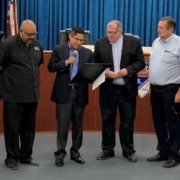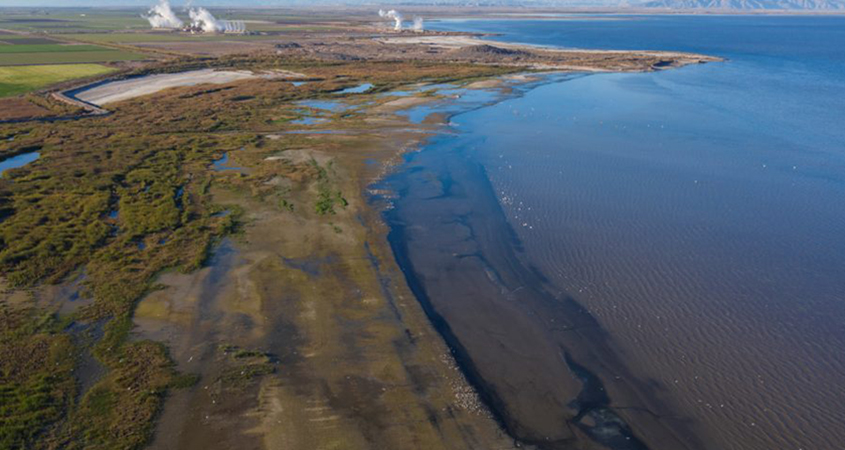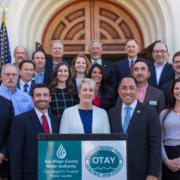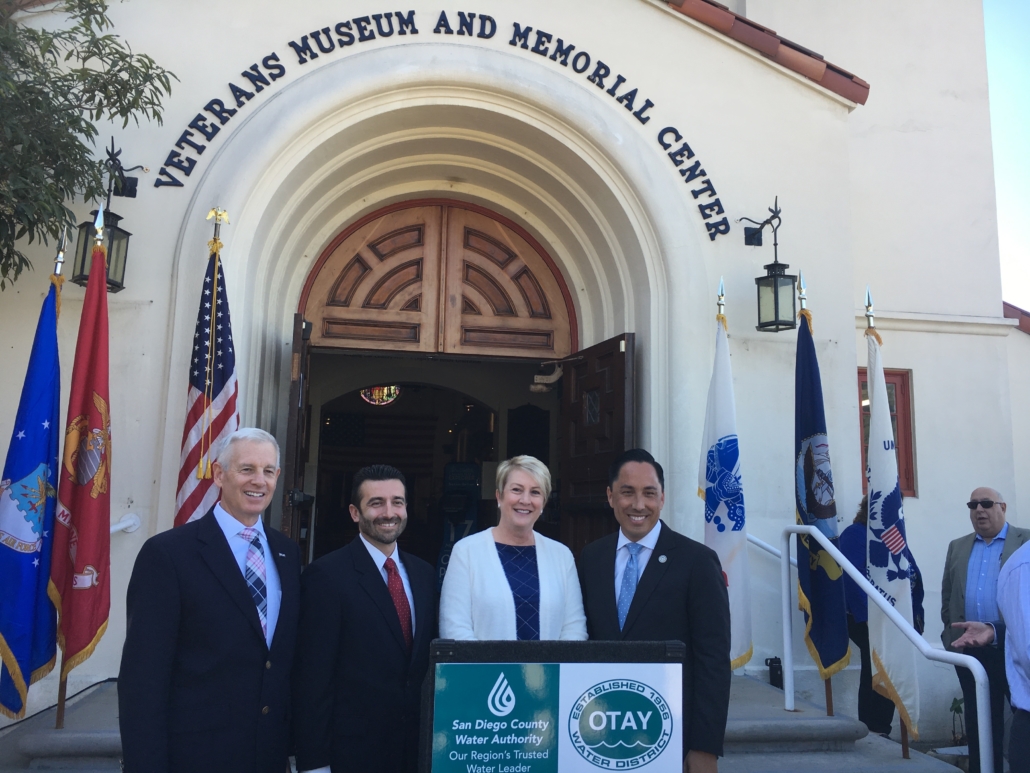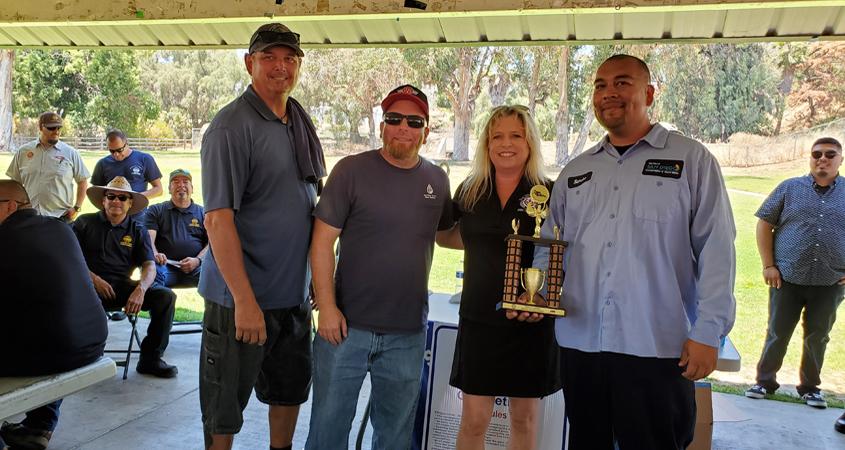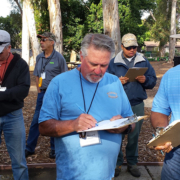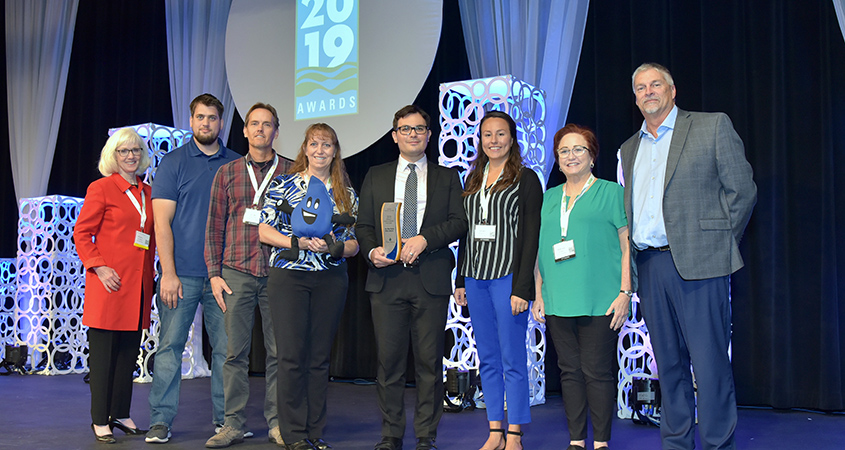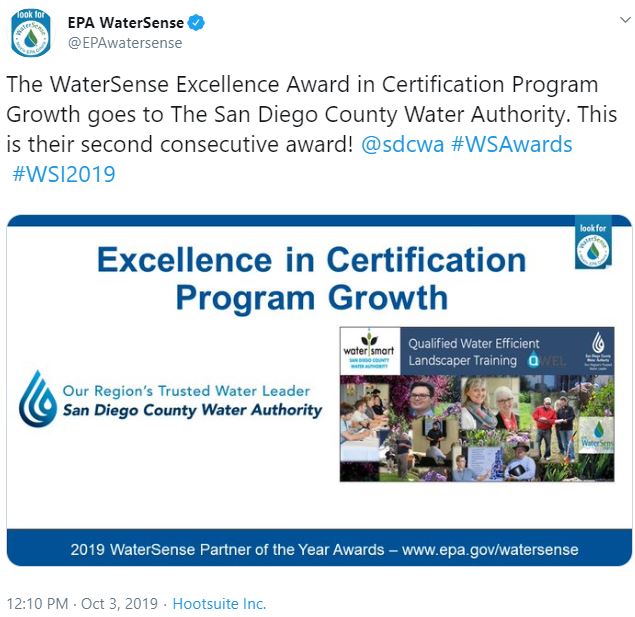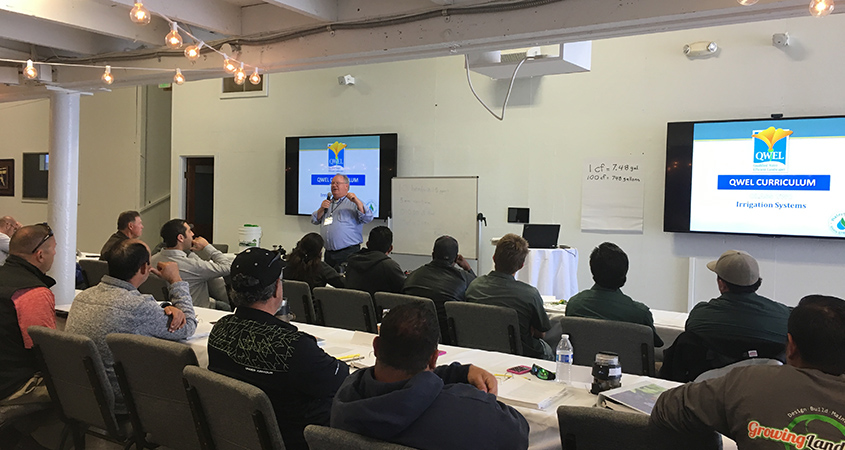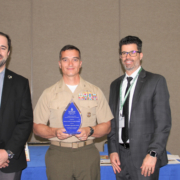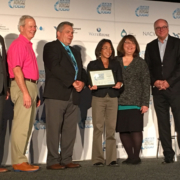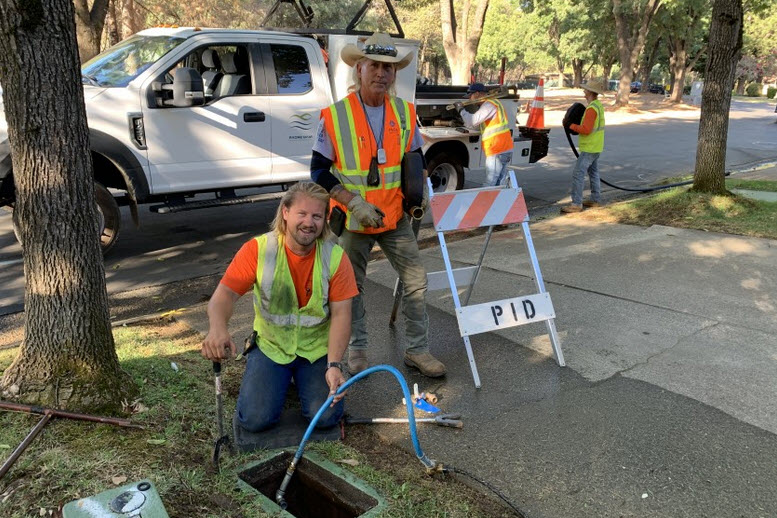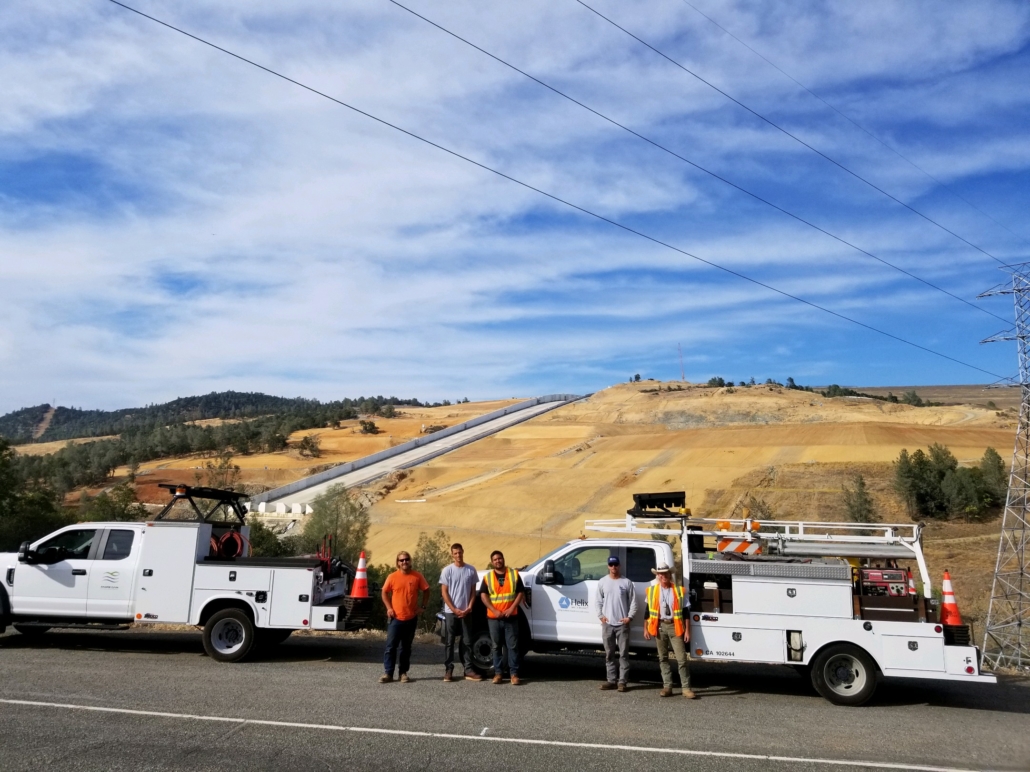Elfin Forest Recreational Reserve 2019 Photo Contest Winners Inspired by Nature
At its November 13 meeting, Olivenhain Municipal Water District’s Board of Directors recognized amateur photographers for their winning images captured in the 14th annual Elfin Forest Recreational Reserve photo contest.
“I am impressed with the quality of images and talent of Elfin Forest Recreational Reserve visitors,” said Bob Kephart, OMWD board secretary. “This year’s winning images put together a strong case for just how important it is to preserve open space for native habitat.”
Contest entries help to promote Elfin Forest Recreational Reserve and educate the public on the importance of wildlife and habitat protection. There were 84 entries in five categories: Scenic View, Water Scenery, Plants, Animals, and Youth (under 15 years of age).
The public also selected a People’s Choice Award winner by voting for their favorite photo from among 10 entries posted on the Elfin Forest Recreational Reserve’s Facebook page.
Small details inspire 2019 Best In Show photographer
Best-in-Show winner Francesca Hummler explained to the board, “I fell in love with photography in high school as a darkroom assistant. I particularly enjoy macro photography, a style which I found suited the color and repetition of the plant in my photograph well.”
See all seven winners:
“Paint Brushes” by Francesca Hummler – Best in Show

“Paint Brushes” by Francesca Hummler received this year’s Best in Show award. Photo courtesy: Olivenhain Municipal Water District
“Misty Morning Over Lake” by Jeff Brock – Scenic View

“Misty Morning Over Lake” by Jeff Brock won in the Scenic View category. Photo courtesy: Olivenhain Municipal Water District
“Behind the Grass” by Daniel Humphrey – Water Scenery

“Behind the Grass” by Daniel Humphrey won in the Water Scenery category. Photo courtesy: Olivenhain Municipal Water District
“Shine Bright” by Maria Ana Karina Lara – Plants

“Shine Bright” by Maria Ana Karina Lara is the Plants category winner. Photo courtesy: Olivenhain Municipal Water District
“Western Fence Lizard” by Karen Wood – Animals

The Animals category winner is “Western Fence Lizard” by Karen Wood. Photo courtesy: Olivenhain Municipal Water District
“New World” by Stella Klins – Youth

This year’s Youth category winner is Stella Klins for “New World.” Photo courtesy: Olivenhain Municipal Water District
“Red Jumping Spiderman” by Sabine Kurz-Sherman – People’s Choice

After a vote by Olivenhain’s Facebook followers the “People’s Choice Award“ was “Red Jumping Spiderman” by Sabine Kurz-Sherman. Photo courtesy: Olivenhain Municipal Water District
Prizes included tickets donated by San Diego Zoo, a 24” x 36” canvas print donated by PC Photo & Imaging, outdoor equipment donated by REI, and a $100 cash prize donated by contest partner Escondido Creek Conservancy.
All of this year’s winning photographs will be on display from January 1 to April 30, 2020, at the Interpretive Center Honoring Susan J. Varty located in the Elfin Forest Recreational Reserve’s staging area.







